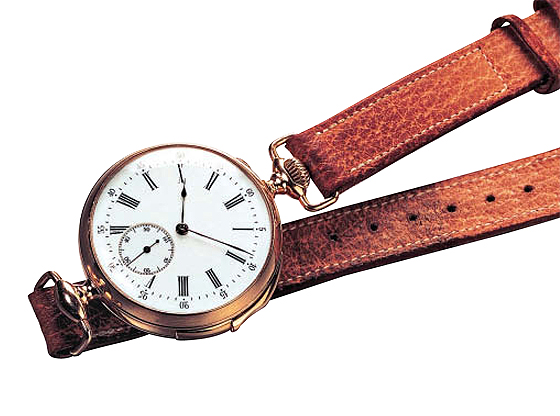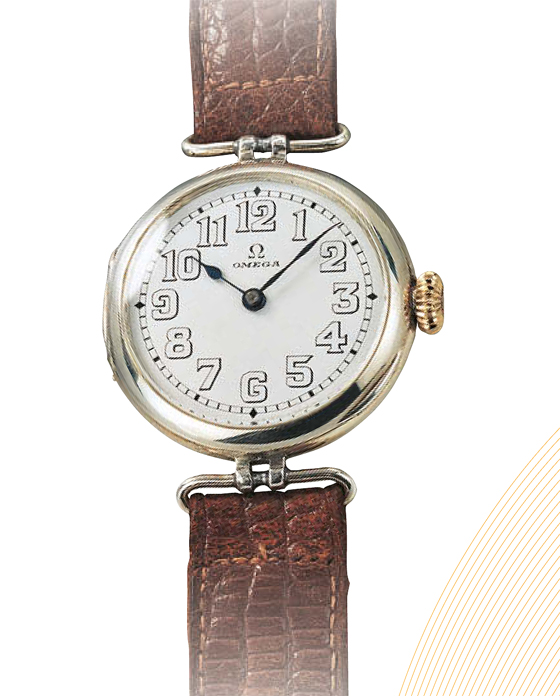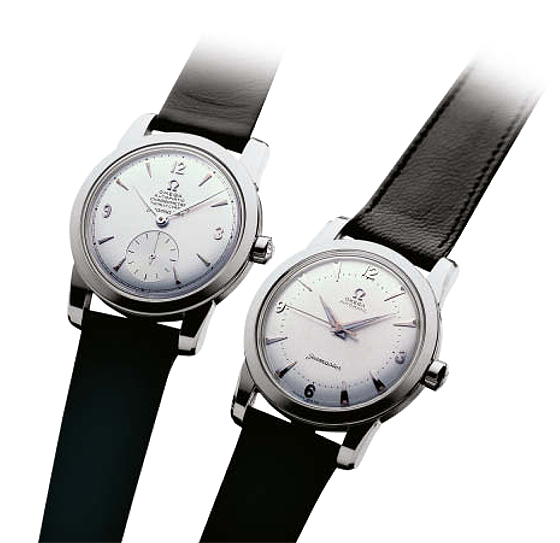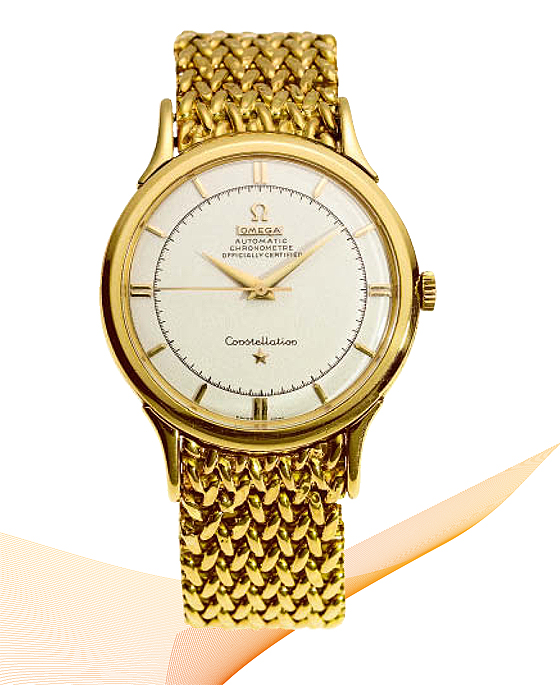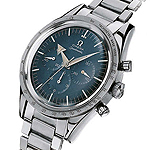 In its long history, Omega has contributed numerous important watches and innovations to the world of watchmaking. In this excerpt from our “Omega Milestones” E-Special, we chronicle seven of the 25 most important watches Omega has ever made.
In its long history, Omega has contributed numerous important watches and innovations to the world of watchmaking. In this excerpt from our “Omega Milestones” E-Special, we chronicle seven of the 25 most important watches Omega has ever made.
First Minute-Repeater Wristwatch (1892)
The world’s first minute-repeater wristwatch was unveiled in September 1892 by the Bienne, Switzerland firm of Louis Brandt & Frère, precursor to today’s Omega watch company. Brandt had chosen Patek Philippe Replica in Le Brassus to modify a 13-ligne Lépine that Audemars had purchased from the ébauche maker LeCoultre & Cie. The striking mechanism was triggered by a slide at 3 o’clock. The complex wristwatch case strongly resembles that of a pocketwatch. Engraved on the dust cover is a phrase in French that translates as “Excluded from the competition: juror, Paris 1889.” The engraving suggests that the watch had been exhibited at the Chicago World’s Fair in 1893, but had not been allowed to participate in the competition for medals because César Brandt, who ran the firm with his brother Louis-Paul, had served on the jury of the Paris World’s Fair in 1889.
First Omega Wristwatch (1900)
The first wristwatches bearing the Omega name were produced in 1900 and used by British officers in South Africa’s Boer War (1899-1903). Omega was one of the first firms to begin serial production of wristwatches. The watches withstood the rough treatment they got. An Omega advertisement in a watchmakers’ magazine in Leipzig in 1904 publicized the testimony of a British artillery officer whose Omega wristwatch performed admirably in bitter cold, searing heat, torrential rain and merciless sandstorms. The lieutenant colonel concluded that “The wristwatch is an essential campaign element.” The wristwatches were powered by a Lépine 12-ligne Caliber HN B and were available in two versions: one with the crown on the right, to be worn on the left wrist, and the other with the crown on the left for wearing on the right wrist.
Omega Seamaster (1948)
René Bannwart is considered the father of the Omega Seamaster line. The man who would later found Corum had begun building Omega’s design department in 1940. This was new. At that time, sketches for new models were usually drawn by draftsmen in watch-case factories. Bannwart’s decision set Omega on a new path that other brands would soon follow. To celebrate Omega’s 100th anniversary, Omega sales director Adolphe Vallat asked Bannwart to develop a sporty, robust and waterproof wristwatch. Bannwart felt that Vallat wasn’t giving him enough time, so he presented one of his case designs with the comment “much too clunky.” To Bannwart’s surprise, Vallat was delighted. The result was the Seamaster family. It had its origins in watches supplied to Britain’s Royal Air Force in World War II. The 1948 civilian version of the pilots’ watch had Replica Watches case (to 50 meters), a screwed caseback with lead gaskets, a reinforced crystal, a silvered dial, and polished and riveted Arabic numerals. The version with small seconds, which was also available as a TAG Heuer Replica, contained the new automatic Caliber 28.10 RA RG-343. The model with a central seconds hand was the 28.10 RA SC-350.
Omega Constellation (1952)
Omega began using the name “Constellation” in 1952 to denote its officially certified wrist chronometers. The premier model was powered by Caliber 28.10 RA SC PC RG AM (nicknamed the “352”), which first appeared in 1945. This caliber wound itself via a unidirectional hammer-type winding weight. It also featured an indirectly propelled central seconds hand. The 28.1-mm-diameter, 5.4-mm-thick movement passed the official chronometer tests with flying colors. Its sturdiness, reliability and precision prompted Omega to produce the Constellation in large numbers. This model was also Omega’s first serially manufactured wristwatch chronometer.


